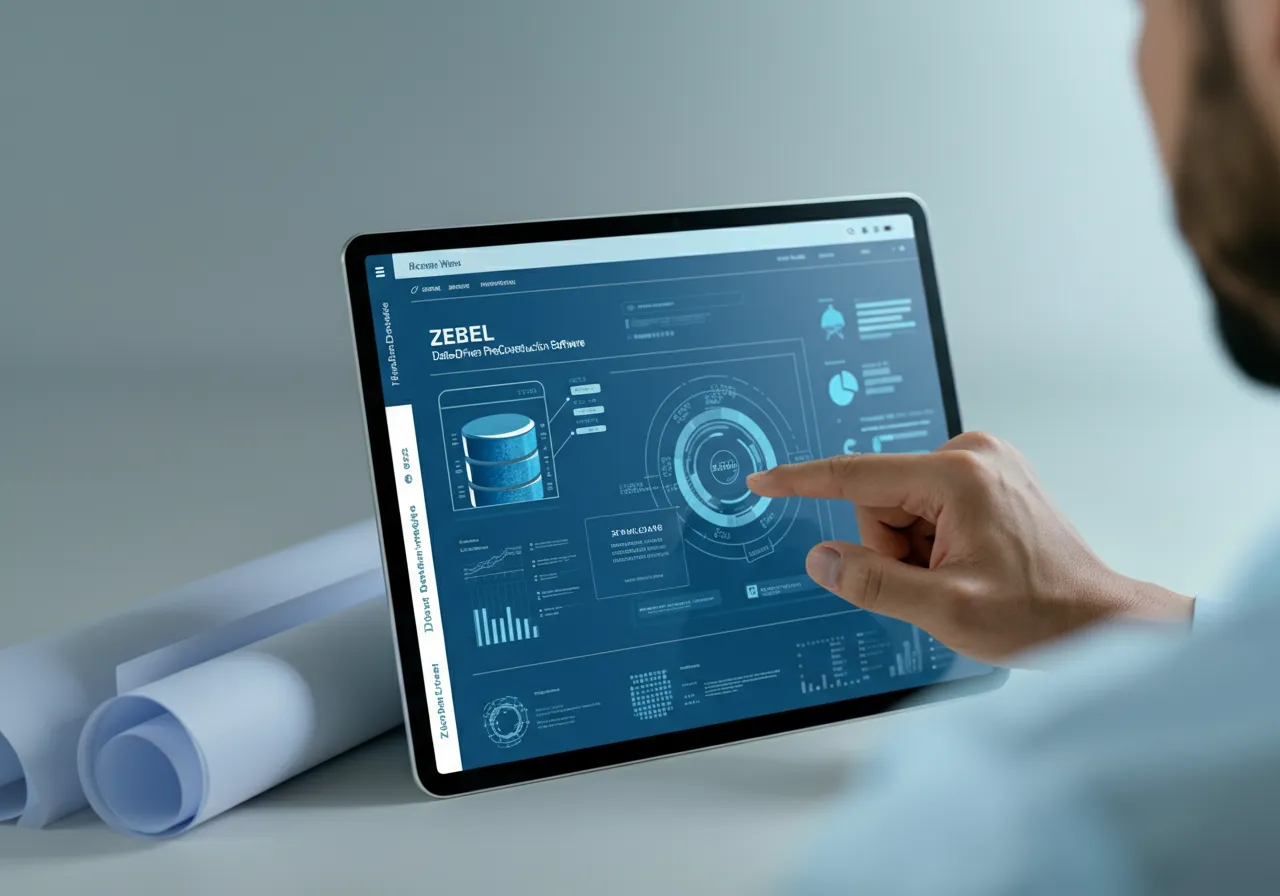Table of Contents
Some Advanced Preconstruction Software Products to Watch
Construction software is advancing quickly, and while the software products themselves are becoming more powerful, contractors and developers must still determine where to start applying more modern technology to their businesses.
Historically, estimating has been a natural entry point for software in construction. The old business adage is, garbage in, garbage out. Starting with correct assumptions and accurate pricing is important. Some popular construction software suites started with estimating, expanding into project management. Today, with application programming interfaces (APIs) playing a central role in modern software design, estimating software can stand more easily on its own, sharing data seamlessly with operations software.
This frees up contractors to look beyond their legacy software used in project management and operations to modern and intelligent software for the early stages of their project.
Construction Scheduling Software
Construction scheduling software should play a central role in a modern contractor tech stack, and not only for traditional reasons like:
- Resource Allocation: It helps in effectively allocating resources such as manpower, materials, and equipment. With a schedule in place, contractors can plan ahead and ensure that the right resources are available at the right time, avoiding delays and maximizing efficiency.
- Time Management: Construction projects are often subject to tight deadlines. A well-defined schedule enables project managers to track progress and ensure that tasks are completed on time. This helps in meeting project milestones and ultimately completing the project within the specified timeframe.
- Cost Control: Delays in construction can lead to increased costs due to overtime labor, extended equipment rental, and other unforeseen expenses. By adhering to a schedule, project managers can mitigate these risks and keep costs under control.
- Coordination of Activities: Construction projects involve multiple activities that need to be coordinated effectively. The schedule serves as a roadmap, outlining the sequence of tasks and dependencies between them. This ensures that different trades and contractors can work in harmony without conflicts or bottlenecks.
- Contractual Requirements: Clients often have specific expectations regarding the completion timeline of their projects. A well-planned schedule helps in managing client expectations by providing a realistic timeline for project delivery.
Intelligent preconstruction software is also leveraging the schedule for risk management, identifying schedule risks and mitigating them. An example is SmartPM, which pulls data from Microsoft Project or Adobe P6 and, for a single project or a portfolio of projects to generate analytics including:
- A Schedule Quality Grade™
- A Schedule Compression Index
- A Project Health Index
- A Schedule Performance Index
SmartPM is also integrated within Procore, embedding powerful schedule analytics with the leading construction SaaS application.
A more foundational approach to the schedule is exemplified by Alice Technologies, which uses generative AI to create an optimal schedule based on project criteria. While the application is designed to work from a BIM file and generate an ideal schedule based on project criteria, a new version, Alice Core, will start with an Oracle Primavera Cloud or P6 file.
Billed as the industry’s first construction optioneering product, Alice enables contractors to start with project inputs, templatize construction means and methods, simulate and optimize and then explore scheduling and project options.
This what-if-scenario planning function is an attractive feature of a number of modern preconstruction software products, enabling data-based decisions in situations where in the past, a contractor or developer would have relied on rules of thumb.
Intelligent Estimating Software
Estimating, too, can become more accurate with enough access to data. Past project data in particular is attractive to include in estimating, but the challenges of roundtripping project data into the early stages of preconstruction are considerable.
Zebel is designed to solve this problem, enabling rapid creation of accurate preliminary budgets that can then be built out into final estimates within the platform. Automating much of the estimating process and enabling estimators to adjust project variables as cost data automatically responds is one way Zebel is changing the way its customers handle precon. Availability of anonymized project cost data from across the Zebel customer base, configurable escalations and external data sources augment this core function to create a simple and intuitive tool that takes the scut work and risk out of preliminary estimating and feasibility processes.
The Zebel functionality originated in multifamily, and recent enhancements have expanded its applicability to the rest of commercial development. Most notably, inputs and project types have become more configurable, expanding for instance from initial functionality built around the Construction Specification Institute’s (CSI’s) MasterFormat 16 divisions of construction.
“The advantage we have now is that the software is fully customizable,” Zebel CEO and Co-founder Hamid Hajian said. “People start off with industry standards, but everyone deviates from it and moves to their own cost codes. Some companies include framing costs under division six. Some lump it into one line item, while others put it under labor or materials/trusses and hardware. Some carry one line item for concrete, others break it up into structural, below grade, above grade or flat surfaces. Customers’ unique cost codes come in through their standard data migration, and that data and those codes become part of the application.”
From Past to Future: Leveraging Historical Project Data through Preconstruction Software for Contractors
Zetane Systems, meanwhile, is a machine learning software vendor commercializing the results of a recent preconstruction software project for general contractor Pomerleau. Its initial efforts focused on automating extraction of data from projects specs. Mechanical, electrical and plumbing (MEP) estimating software vendor Patabid has functionality in their product to automatically identify and count design elements in a plan set to automate takeoff and has other AI functionality to support go-no-go decisions with guide-on-the-side insights. And Togal perhaps leads the automated takeoff sector with its early-in-market product for vertical contractors. ConCntric, meanwhile, is offering its suite of preconstruction software including its Calibrate module—a comparison tool that enables users to compare current project status with prior project performance. Target Value Design functionality meanwhile supports design management to meet the requirements of a budget framework.







